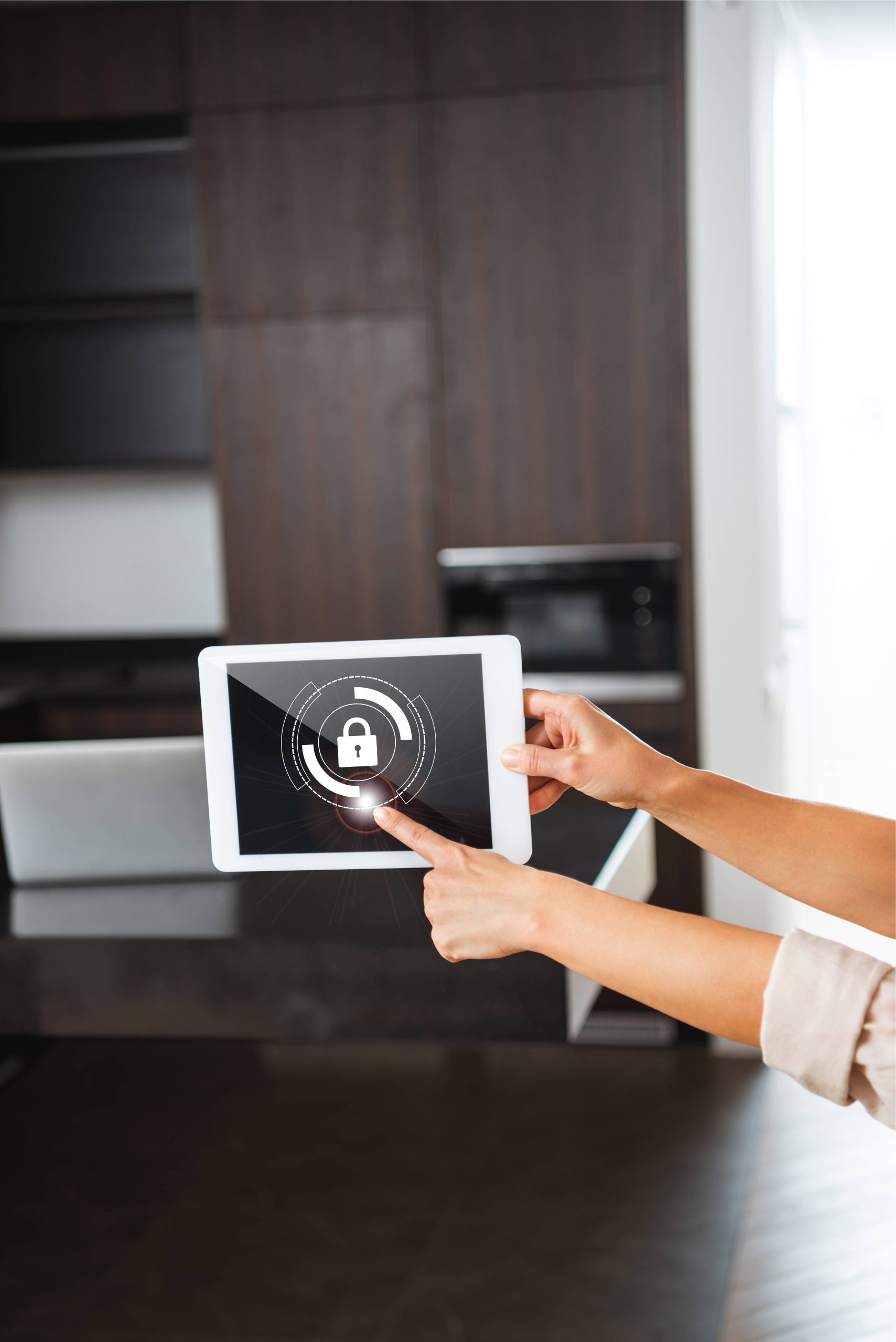
In the age of smart homes, smart speakers are rapidly becoming essential accessories. With the convenience of voice commands and the seamless integration with various smart home devices, it’s no wonder why products like Amazon Echo, Google Home, and Apple’s HomePod have gained widespread popularity.
However, as useful as these devices are, they also come with privacy concerns. With always-on microphones, there’s a constant worry that our private conversations might be eavesdropped on — intentionally or not. While tech companies assure us that they only listen when prompted, it’s still wise to take precautionary measures to control when these devices can and cannot listen. Want to secure your smart home? Here’s how you can block microphone access on smart speakers.
Know Your Device
Firstly, it’s crucial to understand the specific model of your smart speaker as the methods may slightly vary. We’re primarily dealing with Amazon Echo, Google Home, and Apple HomePod, but other brands might follow similar procedures.
Amazon Echo Devices
Amazon Echo devices, which feature Alexa, have a handy way to disable the microphone.
1. Using the Mute Button: Most Echo devices come with a physical button to mute the microphone. The button usually has a microphone icon with a slash through it. Pressing this button will stop Alexa from listening. The Echo will show a red light, indicating that the microphone is off.
2. Via the Alexa App: Open the Alexa app on your smartphone. Go to `Devices`, select your Echo device, and look for `Settings`. Scroll down to see the `Alexa Microphone` option and toggle it off.
Google Home Devices
Google Home smart speakers have similar steps to block the microphone.
1. Physical Mute Toggle: Google Home devices are equipped with a microphone mute switch. Depending on the model, it could be a button you press or a toggle switch you slide. Google Home will inform you via voice or visual indicator when the microphone is turned off.
2. Using the Google Home App: Open the Google Home app, select your device, and go to `Settings`. Look for the microphone settings where you can turn it off.
Apple HomePod
With Apple’s HomePod, disabling the microphone is slightly different.
1. Siri Command: You can say, “Hey Siri, stop listening,” and Siri should disable its listening capability. However, it won’t stay off indefinitely — you’ll need to do this regularly.
2. Home App: In the Home app on your iPhone or iPad, find your HomePod, press and hold the icon, and navigate to `Details`. Look for an option to disable `Hey Siri`.
Securing Third-Party Smart Speakers
If you’re using smart speakers from other manufacturers, refer to their user manuals for specific instructions. Most will have a physical button or a smartphone app to manage privacy settings.
Additional Layers of Security
Disabling the microphone is a great first step, but consider these additional layers of security to ensure your smart home remains private.
1. Network Security: Secure your home network. Change the default password on your router, update firmware regularly, and enable network encryption (WPA3 is recommended).
2. VPN: Using a Virtual Private Network (VPN) at home can help mask your internet activity, adding another layer of security against potential intrusions.
3. Review Permissions: Regularly review and manage permissions via the accompanying apps. Revoke any permissions that seem unnecessary.
4. Regular Updates: Ensure all smart devices, including speakers, have the latest firmware updates. Manufacturers often release updates to patch security vulnerabilities.
5. Voice Mismatch and Alerts: Some ecosystems have advanced security measures like voice mismatch alerts, which inform you if a non-recognized voice tries to interact with the device. Enable these if they’re available.
6. Use Parental Controls: If you worry about privacy concerning children, use parental controls to limit what devices they can access.
Stay Informed
Staying on top of the latest developments is crucial with smart home technology rapidly evolving. Follow reputable tech blogs, subscribe to manufacturer newsletters, and participate in community forums. This way, you’ll be aware of any new security features or potential vulnerabilities.
Conclusion
Smart speakers are convenient additions to any home, but with convenience comes the responsibility of ensuring our data and privacy are safeguarded. By knowing how to block and control microphone access on your devices, you take significant strides in protecting your personal space. Remember, the foundation of a smart home isn’t only rooted in technology but also in security and peace of mind.
Embark on your smart home journey wisely, and always prioritize your privacy. Happy smart living!







